Gold Investing: What's Next After Recent Gold Price Highs?
If you're hesitant about gold investing simply because prices have run up so much already, here are a few points to consider.

Karee Venema

Gold investing has become a hot topic on Wall Street these days. This is because gold prices (GOLD) recently hit new all-time highs.
The yellow metal has been trending sharply higher since early October and many are wondering if it can continue this momentum into the new year.
Year-to-date chart of the SPDR Gold Shares ETF (GLD)
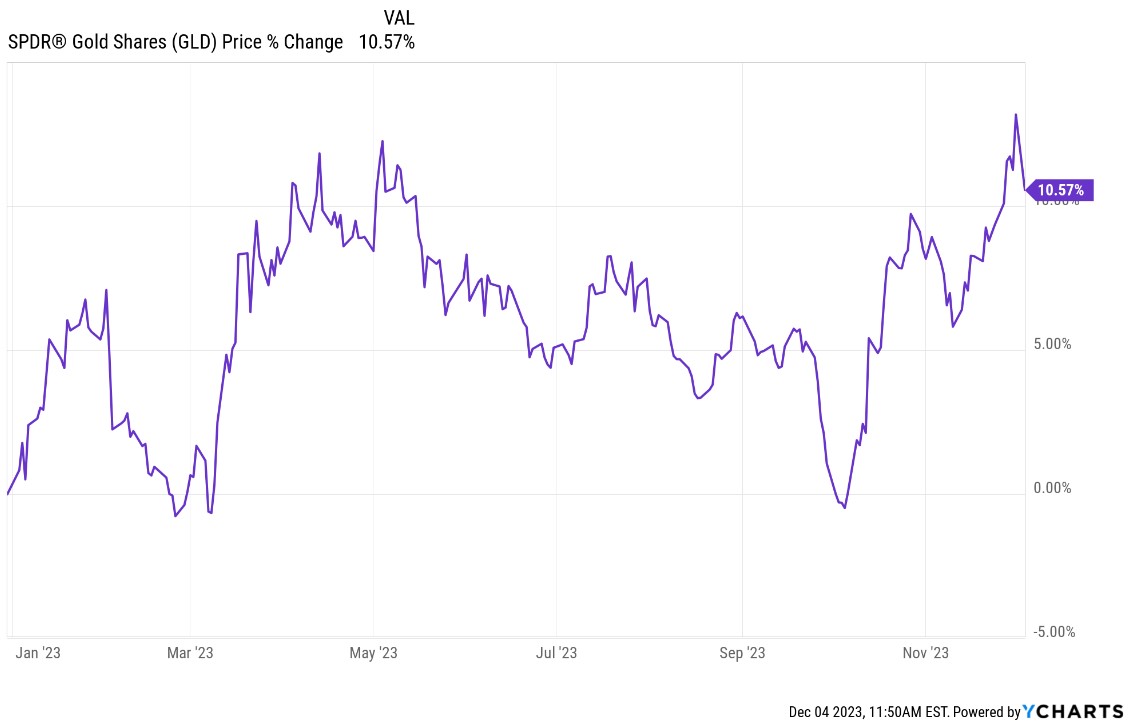
Most gold is held in central bank vaults or held as jewelry, so the investable market for gold isn't exceptionally large. Take for instance these two gold ETFs: the SPDR Gold Shares (GLD) and the iShares Gold Trust (IAU). The former is the largest and most liquid gold ETF at $58 billion in assets under management (AUM), while the latter has just $26 billion in AUM.
From just $107.88 $24.99 for Kiplinger Personal Finance
Become a smarter, better informed investor. Subscribe from just $107.88 $24.99, plus get up to 4 Special Issues

Sign up for Kiplinger’s Free Newsletters
Profit and prosper with the best of expert advice on investing, taxes, retirement, personal finance and more - straight to your e-mail.
Profit and prosper with the best of expert advice - straight to your e-mail.
For perspective, the three largest S&P 500 Index ETFs have $1.2 trillion dollars in combined assets, and the market cap of the S&P 500 Index itself is around $38 trillion.
So those worried about investing in gold at new highs, take a little heart. Given the relatively small size of the investable gold market, it wouldn't take much in the way of new inflows to send the price of gold sharply higher from here.
But why is gold trending higher, and can it continue?
Gold investing: Why is the gold price trending higher?
Inflation. The Fed flooded the capital markets with virtually unlimited liquidity for nearly two full years during the pandemic, expanding its balance sheet by almost $5 trillion in the process.
This massive monetary stimulus – along with government assistance and a global supply chain that still isn't fully untangled – helped to push inflation to the highest levels in four decades. Consumer Price Index (CPI) inflation touched 9% in mid-2022.
Remember, gold is traditionally an inflation hedge. While its price is often volatile, gold has done a good job of maintaining purchasing power over the centuries. And while inflation is down from its highs, registering at 3.2% in the most recent report, it is still a long way from the Fed's target of 2%. All else equal, sticky inflation bodes well for gold.
But gold's rise is not exclusively an inflation phenomenon. If that were the case, we wouldn't have seen gold prices weaken in the summer of 2022, when inflation was the highest. There are other elements at play here.
The weak dollar. The U.S. dollar has been one of the world's stronger currencies over the past decade. The turmoil of the pandemic accelerated the dollar's rise, but that was only the beginning. As the Fed scaled back its asset purchases and started aggressively raising interest rates, the dollar soared to multi-decade highs against many world currencies, including the euro and British pound.
But more recently the dollar's strength has started to fade amid expectations the world's central banks have reached peak rates and will soon start to ease monetary policy.
You can see this in the performance of the Invesco DB US Dollar Index ETF (UUP), which tracks the performance of the dollar against a basket of major world currencies.
Year-to-date chart of the Invesco DB US Dollar Index ETF (UUP)
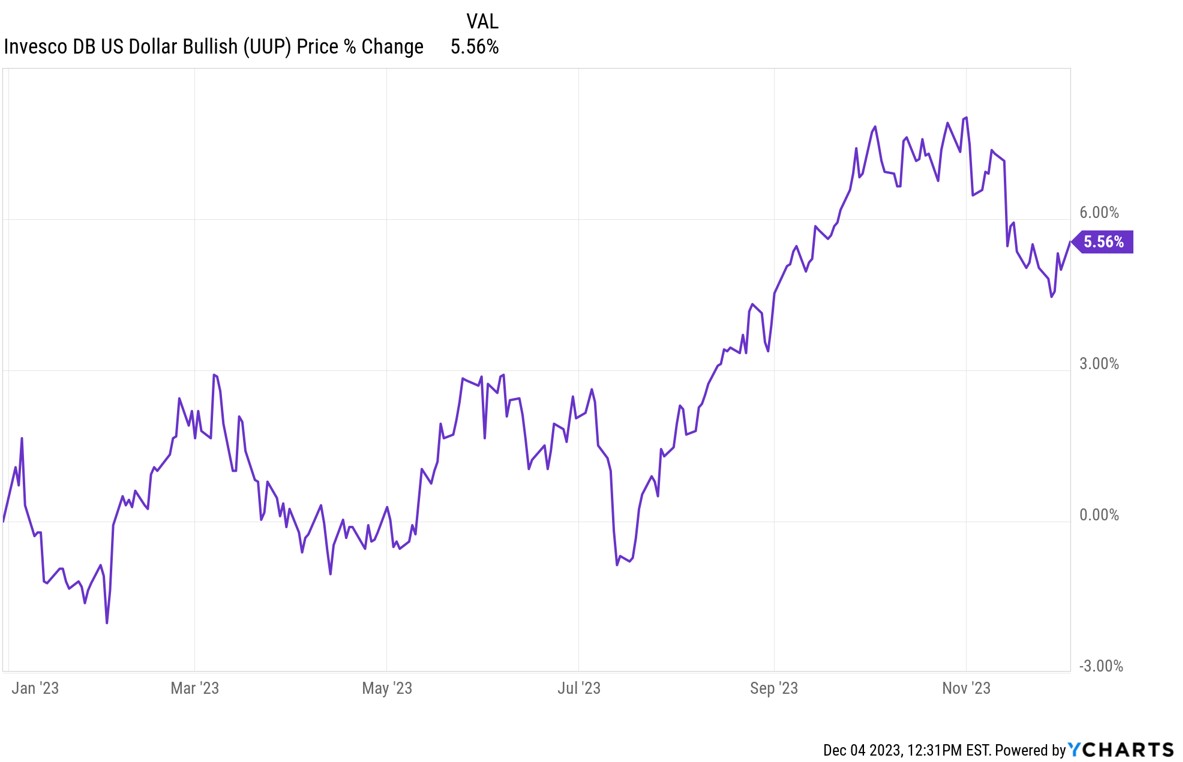
Gold's rise started the same time that the dollar's strength started to fade. That's no coincidence. Gold is priced in dollars, so dollar weakness is, by definition, gold strength.
The U.S. dollar has a history of trending higher versus other major world currencies for years or even decades at a time, but these periods of strength are generally followed by comparable stretches of dollar weakness. We may be in the early stages of one of those stretches … and that's bullish for gold.
Geopolitical risk. Gold is often seen as a safe-haven asset class during times of uncertainty. The recent turmoil in the Middle East and the ongoing war between Russia and Ukraine likely contribute to investors seeking out the yellow metal.
"The reason the price [of gold] can move in different directions is because when things become uncertain in stock markets, investors sell shares and want to buy something with a value that's considered 'safer,'" says Hal Cook, senior investment analyst at Hargreaves Lansdown. Gold, in particular is a popular choice "because it's recognized globally as something of value," the analyst notes, adding that "it can be a useful diversifier in a portfolio, particularly during periods of market stress."
And Cook says that "while the potential for the Israel – Hamas conflict to escalate further may have reduced more recently, fundamentally geopolitical risks are higher now than they were six weeks ago."
Related content
Profit and prosper with the best of Kiplinger's advice on investing, taxes, retirement, personal finance and much more. Delivered daily. Enter your email in the box and click Sign Me Up.

Charles Lewis Sizemore, CFA is the Chief Investment Officer of Sizemore Capital Management LLC, a registered investment advisor based in Dallas, Texas, where he specializes in dividend-focused portfolios and in building alternative allocations with minimal correlation to the stock market.
- Karee VenemaSenior Investing Editor, Kiplinger.com
-
 How to Safely Open an Online Savings Account
How to Safely Open an Online Savings AccountOnline banks offer generous APYs that most brick-and-mortar banks can't match. If you want to make the switch to online but have been hesitant, I'll show you how to do it safely.
-
 7 Ways to Age Gracefully Like the Best Stock Photo Seniors
7 Ways to Age Gracefully Like the Best Stock Photo SeniorsAs a retirement editor, I've gleaned valuable wisdom (and a lot of laughs) from one older couple that tops the seniors' stock photo charts.
-
 My First $1 Million: Banking Executive, 48, Southeast U.S.
My First $1 Million: Banking Executive, 48, Southeast U.S.Ever wonder how someone who's made a million dollars or more did it? Kiplinger's My First $1 Million series uncovers the answers.
-
 The November CPI Report Is Out. Here's What It Means for Rising Prices
The November CPI Report Is Out. Here's What It Means for Rising PricesThe November CPI report came in lighter than expected, but the delayed data give an incomplete picture of inflation, say economists.
-
 The Delayed November Jobs Report Is Out. Here's What It Means for the Fed and Rate Cuts
The Delayed November Jobs Report Is Out. Here's What It Means for the Fed and Rate CutsThe November jobs report came in higher than expected, although it still shows plenty of signs of weakness in the labor market.
-
 December Fed Meeting: Updates and Commentary
December Fed Meeting: Updates and CommentaryThe December Fed meeting is one of the last key economic events of 2025, with Wall Street closely watching what Chair Powell & Co. will do about interest rates.
-
 The Delayed September Jobs Report Is Out. Here's What It Means for the Fed
The Delayed September Jobs Report Is Out. Here's What It Means for the FedThe September jobs report came in much higher than expected, lowering expectations for a December rate cut.
-
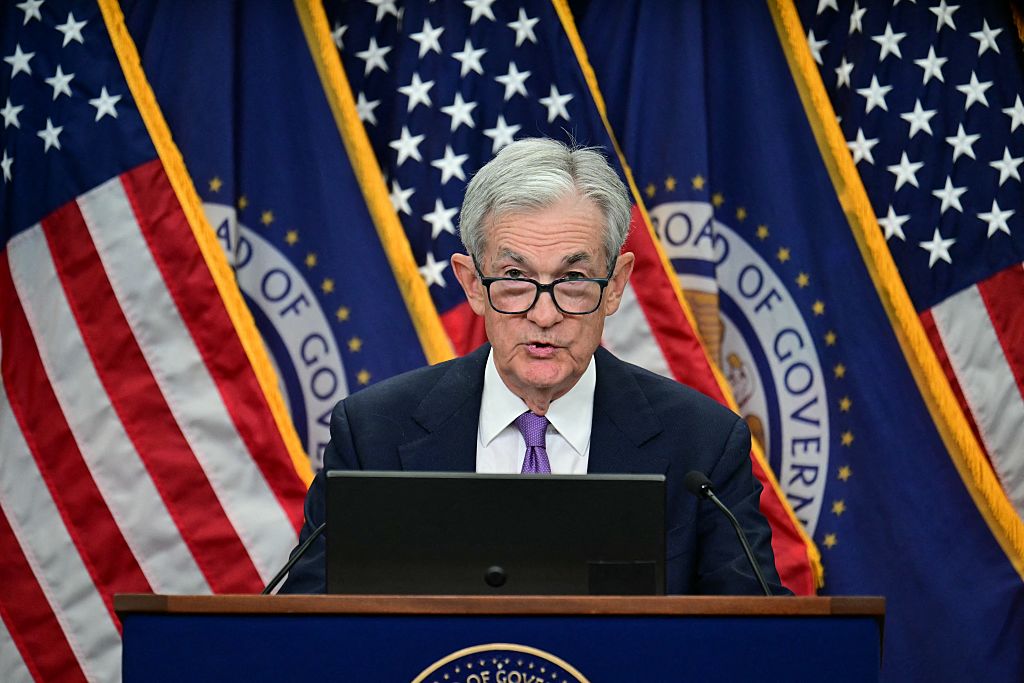 October Fed Meeting: Updates and Commentary
October Fed Meeting: Updates and CommentaryThe October Fed meeting is a key economic event, with Wall Street turned into what Fed Chair Powell & Co. did about interest rates.
-
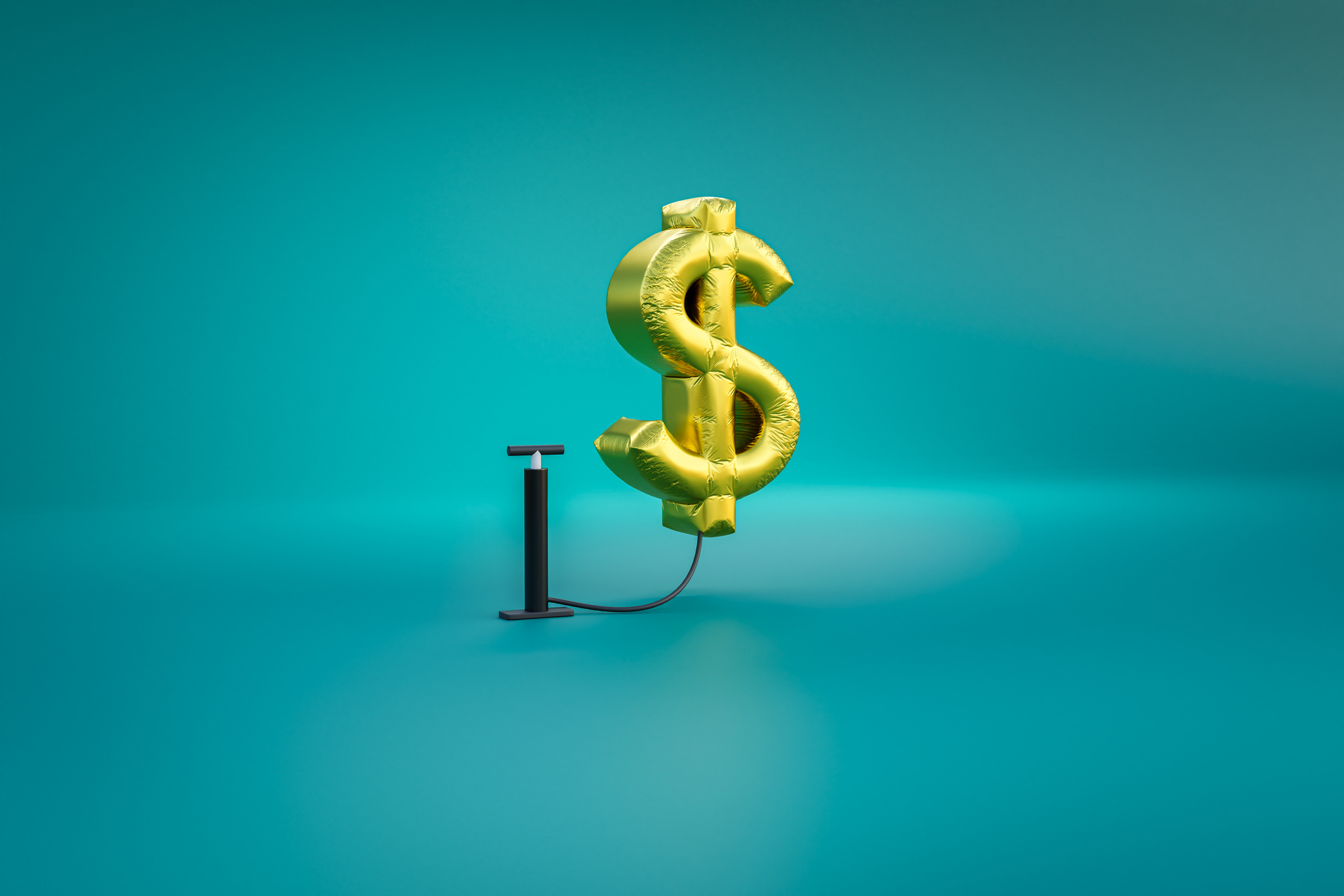 The Delayed September CPI Report is Out. Here's What it Signals for the Fed.
The Delayed September CPI Report is Out. Here's What it Signals for the Fed.The September CPI report showed that inflation remains tame – and all but confirms another rate cut from the Fed.
-
 Banks Are Sounding the Alarm About Stablecoins
Banks Are Sounding the Alarm About StablecoinsThe Kiplinger Letter The banking industry says stablecoins could have a negative impact on lending.
-
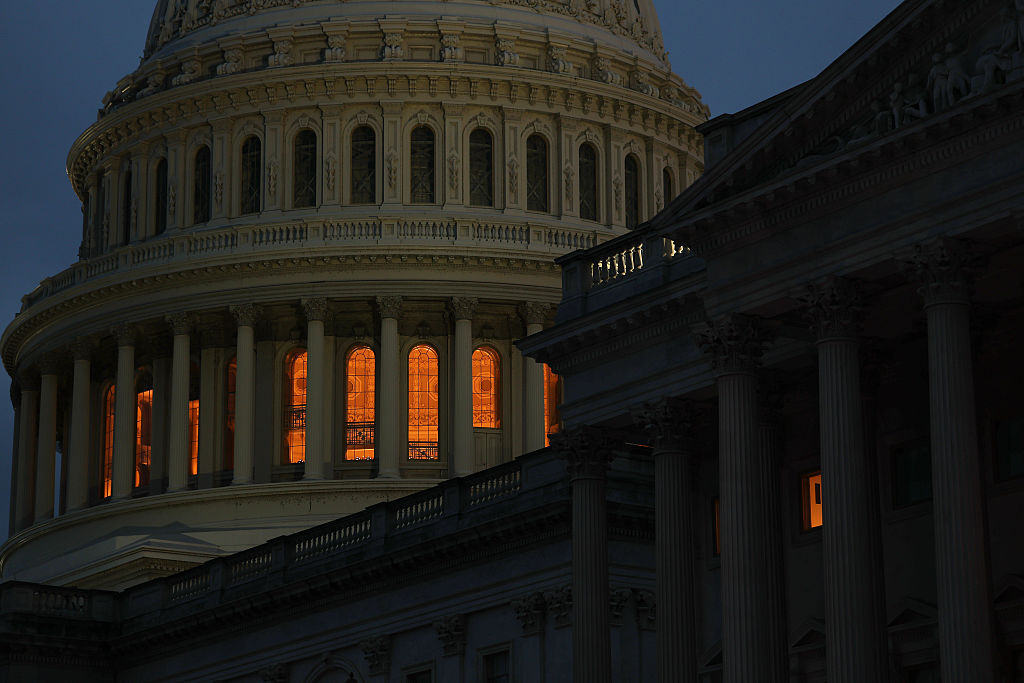 Government Shutdown to Delay Data, Including Key Jobs Report
Government Shutdown to Delay Data, Including Key Jobs ReportWhile government shutdowns typically don't impact stock returns, they can delay the release of key economic data – including the monthly jobs report.